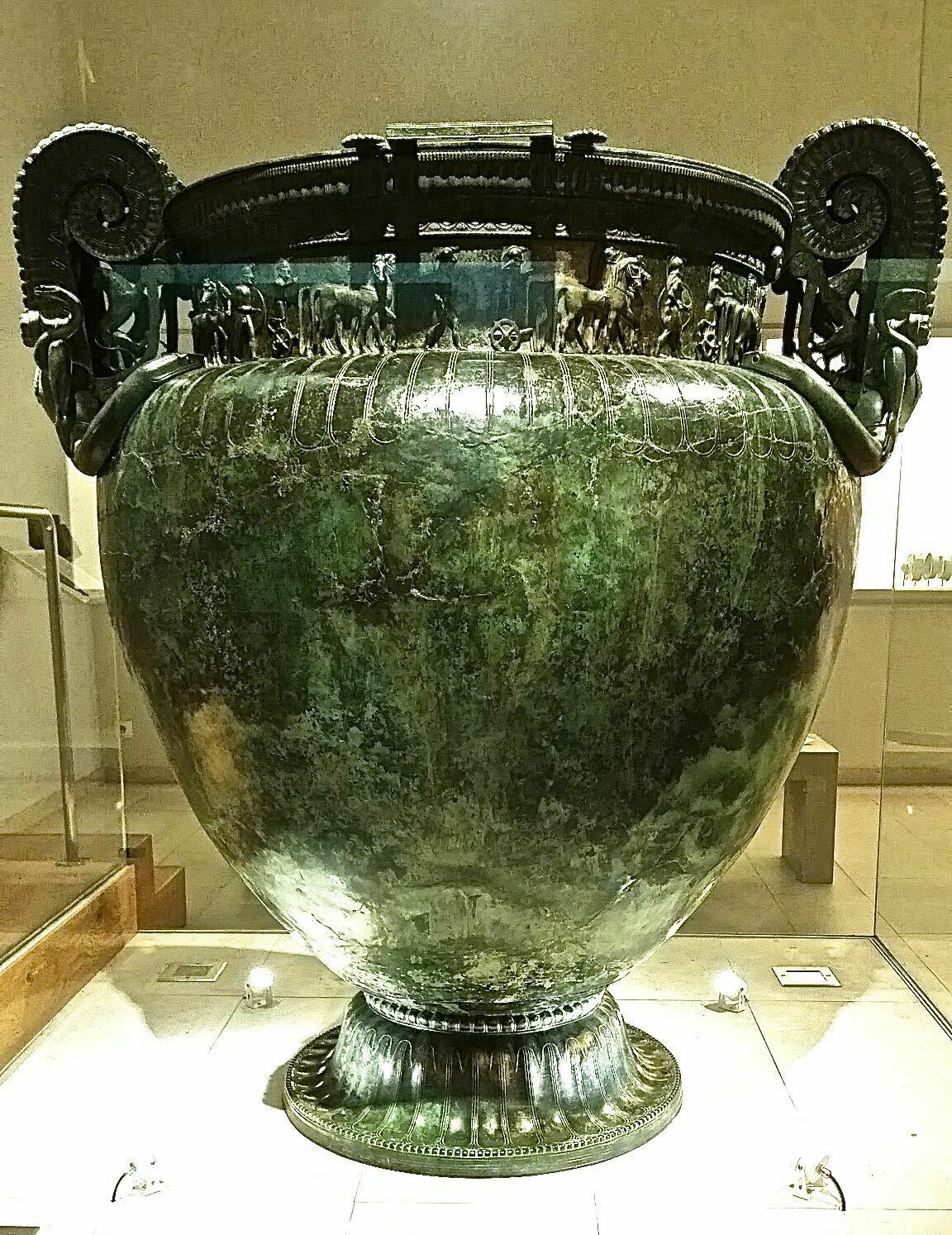
#Musique #Piano #Classique #russe #romantique #chef_d_oeuvre #découverte #adh Lyapunov
#Sergei_Lyapunov - Piano Sonata in F Minor Op. 27 (Kolly)
Pianist: #Karl-Andreas_Kolly
00:00 - Allegro appasionato
04:05 - Un poco menu mosso
09:35 - Andante sonstenuto e molto espressivo
17:49 - Allegro Vivo
#lang_fr
La Sonate de Lyapunov est considérée comme l'une de ses plus grandes réussites, fortement influencée par la célèbre Sonate en si mineur de Liszt. Cependant, elle va au-delà de la simple imitation et trouve un équilibre entre virtuosité et sensibilité. Des influences de Balakirev, Chopin, Wagner et Schubert peuvent également être identifiées. Alors que Lyapunov est souvent associé à l'achèvement des Études transcendantales de Liszt, cette sonate révèle une relation plus discrète entre les deux compositeurs. La sonate commence par une introduction modeste, puis passe à des passages virtuoses qui s'apaisent rapidement. Ce schéma se poursuit tout au long de la pièce, avec des moments de virtuosité qui vont et viennent. L'autre aspect important de la sonate est sa sensibilité feutrée, qui rappelle le style de Schubert. Les sections marquées "espressivo" sont particulièrement émouvantes, et la section andante offre un bref répit dans l'intensité. La sonate s'achève sur une inspiration magnifique et étincelante.
Le deuxième aspect central de la sonate de Lyapunov se caractérise par une sensibilité rare et feutrée que l'on retrouve rarement en dehors des œuvres de Schubert. Cette section, marquée "espressivo", exprime la joie du cœur. L'andante de 9:38, qui défie toute description, a pour thème principal le chant orthodoxe russe "Aide et Refuge" "Помощник и Покровитель" Московского распева в гармонизации архимандрита Матфея (Мормыля). Ce mouvement est considéré comme le joyau de la sonate, car il capture une expression indescriptible de l'émotion à travers le son. Bien que certains critiques l'aient trouvé, Lyapunov a refusé de le réécrire. Heureusement, cette décision a permis de préserver la description majestueuse, humaine et expressive de l'oppression. La sonate contient également des passages mémorables, comme le mouvement scherzando, qui laissent une impression durable sur l'auditeur.
La sonate contient également des passages mémorables, comme le mouvement scherzando, qui laissent une impression durable sur l'auditeur (le scherzo).
Concernant l'interprétation, celle de Karl-Andreas Kolly est la plus subtile j'aie trouvée. Il sait quand il faut accorder une attention plus précise au texte ou laisser libre cours à sa technique. Il en résulte une interprétation fantastiquement équilibrée qui rend hommage à cette sonate.
#lang_ru (yandex translate)
Знаменитая соната Листа си минор. Однако это выходит за рамки простого подражания и обеспечивает баланс между виртуозностью и чувствительностью. Также можно определить влияние Балакирева, Шопена, Вагнера и Шуберта. В то время как Ляпунова часто ассоциируют с завершением Трансцендентных этюдов Листа, эта соната раскрывает более сдержанные отношения между двумя композиторами. Соната начинается со скромного вступления, а затем переходит в виртуозные пассажи, которые быстро стихают. Этот узор продолжается на протяжении всего произведения, с приходящими и уходящими моментами виртуозности. Другим важным аспектом Сонаты является ее приглушенная чувственность, напоминающая стиль Шуберта. Разделы с пометкой "espressivo" особенно трогательны, а раздел "andante" предлагает короткую передышку от накала страстей. Соната завершается великолепным и искрящимся вдохновением.
Второй центральный момент сонаты Ляпунова характеризуется редкой, тихой чувствительностью, редко встречающейся за пределами произведений Шуберта. Эта часть, обозначенная как "espressivo", выражает радость сердца. В анданте в 9:38, не поддающемся описанию, главной темой является русское православное песнопение "Помощник и Покровитель" Московского распева в гармонизации архимандрита Матфея (Мормыля). Эта часть считается жемчужиной сонаты, поскольку в ней запечатлено непередаваемое выражение эмоций через звук. Хотя некоторые критики сочли трактовку темы в этой части неинтересной, Ляпунов отказался переписывать сонату. К счастью, это решение сохранило величественное, человечное и выразительное изображение угнетения. В сонате есть и запоминающиеся пассажи, например, скерцандо, которые производят неизгладимое впечатление на слушателя.
Эта соната также содержит большое количество захватывающих (скерцо) навязчивых тем.
Что касается интерпретации, то интерпретация Карла-Андреаса Kолли-самая тонкая из всех, что я нашел. Он знает, когда нужно обратить более пристальное внимание на текст или дать волю своей технике. В результате получается фантастически сбалансированная интерпретация, которая отдает дань уважения этой сонате.
Lyapunov's Sonata is considered one of his greatest achievements, heavily influenced by Liszt's famous Sonata in B minor. However, it goes beyond mere imitation and strikes a balance between virtuosity and sensitivity. Influences from Balakirev, Chopin, Wagner, and Schubert can also be identified. While Lyapunov is often associated with completing Liszt's Transcendental Etudes, this Sonata reveals a more discreet relationship between the two composers. The Sonata starts with a modest introduction and then transitions into virtuosic passages that quickly subside. This pattern continues throughout the piece, with moments of virtuosity coming and going. The Sonata's other significant aspect is its hushed sensibility, reminiscent of Schubert's style. The sections marked "espressivo" are particularly heart-melting, and the andante section offers a brief respite from the intensity. The Sonata concludes with a magnificent and sparkling inspiration.
The second central aspect of Lyapunov's sonata is characterised by a rare, hushed sensitivity rarely found outside Schubert's works. This section, marked "espressivo", expresses the joy of the heart. The andante at 9:38, which defies description, has as its main theme the Russian Orthodox chant 'Helper and Protector' "Помощник и Покровитель" Московского распева в гармонизации архимандрита Матфея (Мормыля). This movement is considered the jewel of the sonata, as it captures an indescribable expression of emotion through sound. Although some critics found the treatment of the theme in this section uninteresting, Lyapunov refused to rewrite the sonata. Fortunately, this decision preserved the section's majestic, human and expressive depiction of oppression. The sonata also contains memorable passages, such as the scherzando movement, which leave a lasting impression on the listener.
There is also a good amount of really catchy material in this sonata that will get stuck in your head (scherzando).
Regarding the performance Karl-Andreas Kolly is the best that I have come across. This performance is more subtle in character, Kolly knows when to give the material more delicate attention or really let his technics play.
"Помощник и Покровитель" Московского распева в гармонизации архимандрита Матфея (Мормыля) Choeur russse /русский хор /Russian Choral
IMSLP: imslp.org/wiki/Category: Lyapunov,_Sergey
Kolly: www.karl-andreaskolly.ch/









